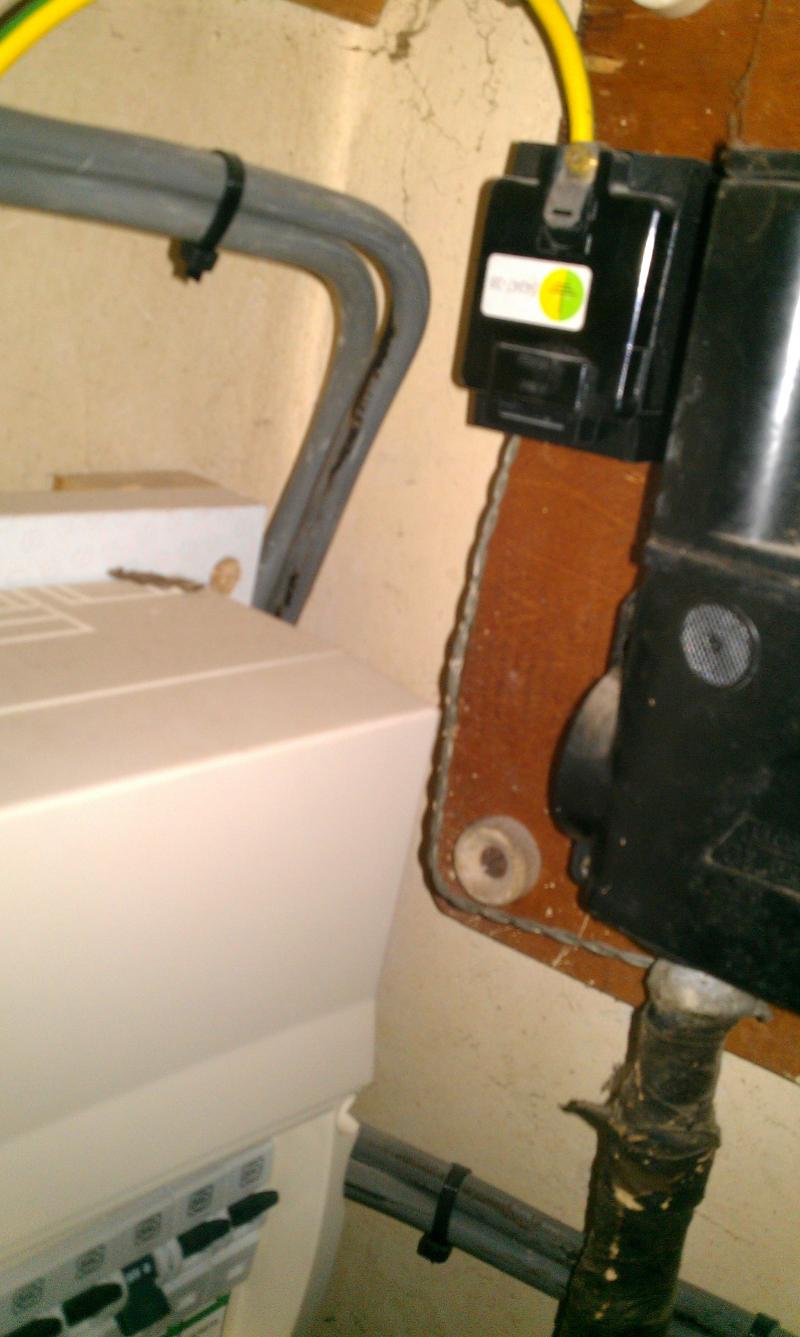Currently our garage is powered from a fused spur from the back of one of our plugs.
I have been doing some calculations recently and work out that I am very very close to the 13a limit of the spur.
We have a 3 Phase Swimming Pool Pump (rated at 4.2A @ 240v), I also have a large chest freezer, fridge and a LOT of PA equipment. When running full tilt, the PA equipment draws around 1500watts or 6.25A.
What I want to do;
We have a free 32A or 40A breaker on the main CU (RCD side) I want to run a length of SWA cable from the CU out to the garage, then place a smaller CU out there with 3 separate circuits;
1 ring main for approx 6-8 double sockets - 32A?
1 light ring (couple of strip lights) - 6A?
1 outside feed (Power the Pump and a couple of double sockets - using SWA cable) - 16A?
What I want to know is; What size SWA cable will I need between the CU and the garage, and also between the garage and the pump/sockets
The distance between garage and CU is approx 20m, and between garage and pump is around 15m
Before anyone asks, I will be getting a electrician to fit all this, but I will be putting the main SWA cable from the CU to the garage in because it is a awkward and time consuming run!
Thanks
I have been doing some calculations recently and work out that I am very very close to the 13a limit of the spur.
We have a 3 Phase Swimming Pool Pump (rated at 4.2A @ 240v), I also have a large chest freezer, fridge and a LOT of PA equipment. When running full tilt, the PA equipment draws around 1500watts or 6.25A.
What I want to do;
We have a free 32A or 40A breaker on the main CU (RCD side) I want to run a length of SWA cable from the CU out to the garage, then place a smaller CU out there with 3 separate circuits;
1 ring main for approx 6-8 double sockets - 32A?
1 light ring (couple of strip lights) - 6A?
1 outside feed (Power the Pump and a couple of double sockets - using SWA cable) - 16A?
What I want to know is; What size SWA cable will I need between the CU and the garage, and also between the garage and the pump/sockets
The distance between garage and CU is approx 20m, and between garage and pump is around 15m
Before anyone asks, I will be getting a electrician to fit all this, but I will be putting the main SWA cable from the CU to the garage in because it is a awkward and time consuming run!
Thanks


